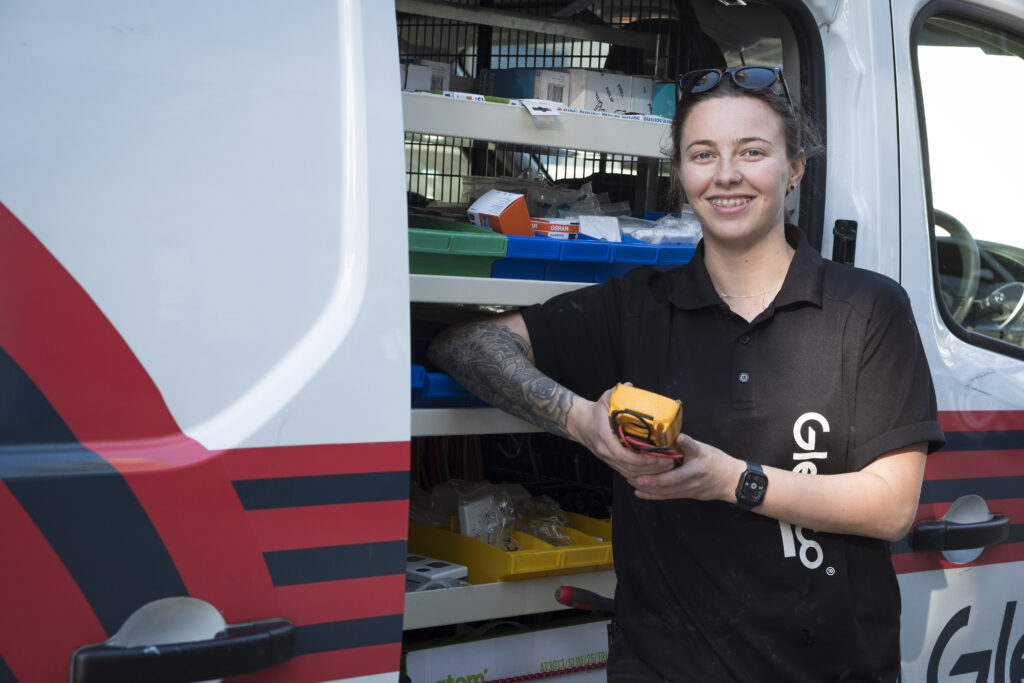Fire prevention is one of those things many of us neglect until it’s too late. Despite the urging of fire authorities to maintain smoke detectors and fire fighting equipment in the home, it can take the advice of a fire prevention specialist to point out the hidden dangers. Here are five ways that may prevent your home from becoming another fire statistic.
Lithium battery smoke detectors
Let’s start with the obvious: lithium battery-powered smoke detectors can last 10 years. They come in two types – ionisation and photoelectric – with photoelectric alarms considered the fastest. They use a tiny beam of light in the alarm that is scattered by any small amount of drifting smoke. Ionisation systems rely on small particles of fire-driven smoke entering the alarm, so they may take longer to detect fires that take a while to reach optimum size.
Emergency lighting
Just like the strip lighting on the floor of an airplane, emergency lighting can guide you in situations where smoke or a power failure has cast your home into darkness. Even familiar layouts – the position of the bedroom door, the direction of the exit – can be forgotten when people panic. Add smoke and fire and the situation is made worse.
You can install emergency lighting that runs off a battery and is triggered from a smoke detector. It can also be installed so that it automatically triggers in the event of a blackout. Since many home fires are caused by electrical faults that trigger a blackout, this function could save your life.
Fire blankets
By now everyone should know not to throw water on an oil fire in the kitchen. But what do you do? The answer is to place a fire blanket over the flames to smother them. Even a small fire blanket hanging from a bracket near the stove can be the difference between a contained fire and a full conflagration. Statistics show that half of house fires start in the kitchen, so ask an emergency electrician to advise you on the purchase and installation of a fire blanket.
Emergency Warning and Intercommunication System (EWIS)
EWIS is an emergency warning system that uses alarm tones to alert residents to a fire threat. In large apartment complexes these are tested regularly and are incredibly loud – there is no way you would be able to sleep through one! Australia’s Building Code mandates compulsory EWIS in multi-storey buildings and schools, but they can also be installed in homes. Triggered by a smoke alarm, a network of speakers in every room immediately generates the alarm tone, alerting all occupants at once.
Safety audits
Finally, it’s important to have a fire prevention specialist look over your home to identify potential problem areas – the absence of an adequate smoke detector array or fire blanket, for example.
In residential strata schemes and office buildings, the audit should comply with Australian Standards 4655; however, the testing and maintenance of fire prevention and detection equipment at home should be performed on a regular basis and can be checked by a local electrician.
If you believe your home could benefit from an electrical check, contact an emergency electrician in Sydney who can advise you on ways to improve your home’s safety.






